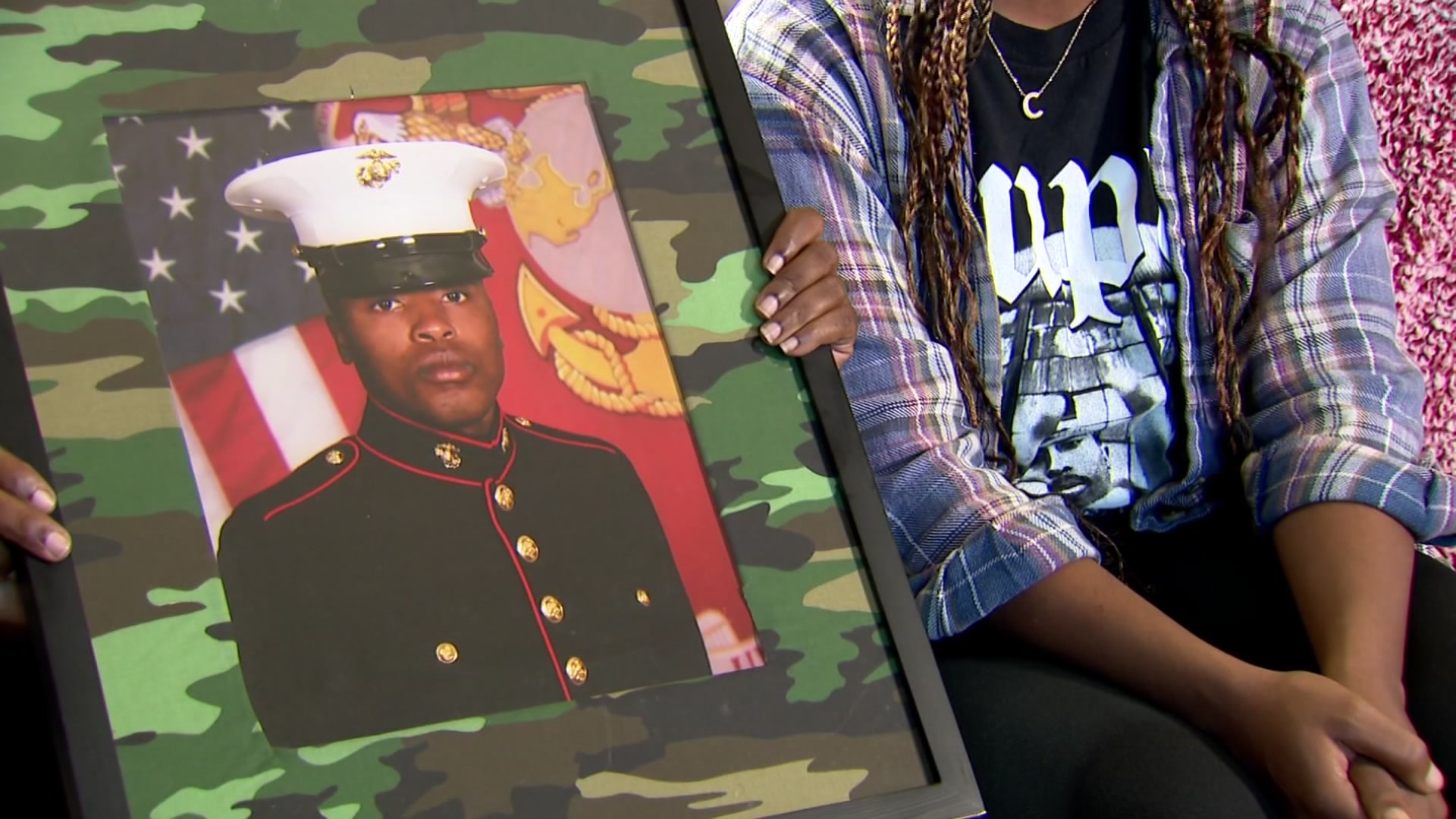A newspaper's review of three years of gun-related deaths in Travis County shows suicides outnumber homicides three to one.
The analysis done by the Austin American-Statesman (http://bit.ly/17gcGbw ) on more than 250 gun-related deaths between 2010 and 2012 also shows that in more than a third of those suicides, drugs for mental illness -- in some cases, substances linked to increased suicidal thoughts -- were found either in the deceased person's bloodstream or at the scene of their deaths.
More than two dozen of those who committed suicide had been treated at psychiatric hospitals and 50 of them had documented histories of suicide attempts or thoughts. Yet all of them had easy access to guns, the newspaper said.
Federal gun laws require that dealers perform a background check to prevent serious criminals and people with histories of violence or threats against others from buying a firearm. It also says that people with severe mental illnesses should be barred from purchasing guns.
But the laws are narrowly written, so only those found by a court to be not guilty by reason of insanity, under guardianship, incompetent to stand trial or committed to an inpatient psychiatric facility go on the no-buy list. Those who enter a psychiatric hospital voluntarily or undergo outpatient treatment -- or who are merely held for observation -- can purchase firearms.
Gun rights supporters say that's as it ought to be.
The government is not to be trusted with deciding who is mentally capable of owning a gun, said Mike Cox, an Austin firearms instructor and advocate for the Texas State Rifle Association.
Local
The latest news from around North Texas.
"The system is intrusive," he said.
A bill allowing Texas police to more easily take and hold firearms from people in a mental health crisis received broad support in the Legislature and awaits Gov. Rick Perry's signature. But when New York passed a comprehensive law this year that was designed to keep more guns from psychiatric patients who might hurt themselves, it was opposed by many heath care workers, who thought it might discourage people from seeking treatment.
A study by the Centers for Disease Control and Prevention shows of those who try to end their lives by cutting themselves or ingesting drugs, 98 percent fail. Meanwhile, the death rate when a gun is used in a suicide is 85 percent.
One study shows that about 70 percent of those who survive a suicide attempt never try again.



